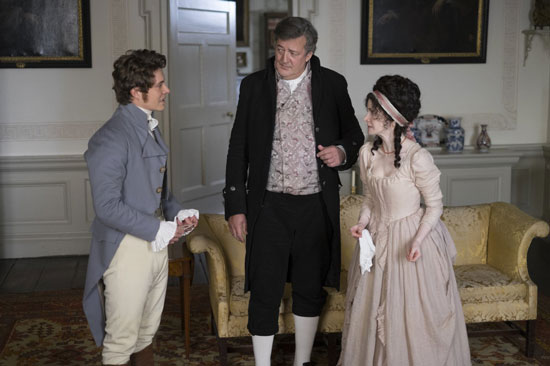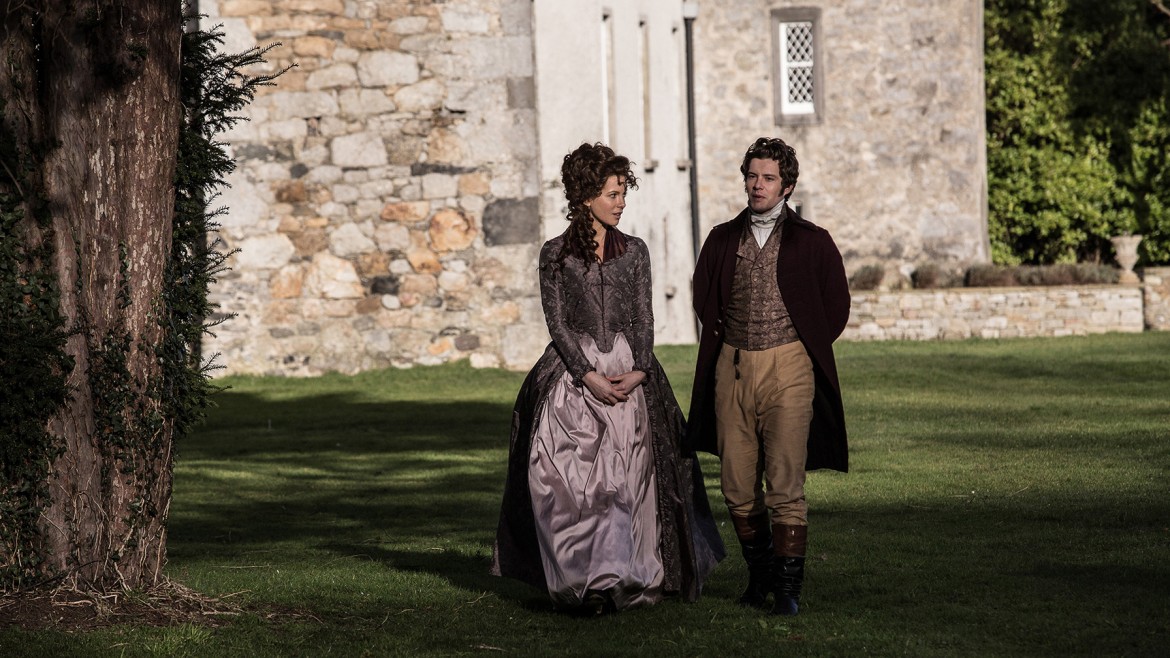


That one of them falls into the hands of her father, Sir Reginald, affords an amusing exchange between the younger and the older Reginald that reveals the extent of the young man’s infatuation. Vernon exchanges letters with her mother, detailing her distress at Reginald’s growing affection for Lady Susan. Alicia Johnson, as cynical and calculating as herself, with whom she can freely describe her motives and schemes. But what else could she do? Neither Reginald nor Lord Manwaring is in a position to provide her with the security and place in society she sees as her due.Īusten’s novella moves the action with letters to and from the interested parties in which sentiments and observations that could not be expressed in polite society are stated openly. Rushworth of Mansfield Park: “If this man had not twelve thousand a year, he would be a very stupid fellow.” The unexpected arrival of both of them is the catalyst of the plot, in which the inevitable pairing of Reginald and Frederica is balanced by the initially surprising marriage of Lady Susan herself to Sir James. Her seventeen-year-old daughter, Frederica, she plans to marry off to the rich and stupid Sir James Martin, a prototype of Mr. She’s on the prowl for a husband Reginald might do in a pinch, although whatever powers of affection she may possess have been directed to the “irresistible” Manwaring. Her manner now is designed to disarm criticism, in particular that of Reginald De Courcy, Catherine’s young brother, no easy task as her reputation as “the most accomplished flirt in England” has preceded her. As a penniless widow, detected in her intrigues with Lord Manwaring, she had left his home under a cloud. It opens with Lady Susan Vernon-a scheming beauty who at thirty-four could pass for twenty-four-making an overly long-delayed visit to the country home of her brother-in-law, Charles Vernon, and his wife, Catherine, n é e De Courcy. In doing so he honours the book by placing the action in the eighteenth century: women’s coiffures are impossibly abundant mounting to impressive heights before cascading down in billowing curls and ringlets the costumes, colourful and unworn, take full advantage of the fashions of a formal society and the settings have the perfection of stately homes on display, as they no doubt are.ĭespite Austen’s well-known sparseness of detail with regard to scenery and personal appearance, he captures something of the idealized, almost mythological depiction of the English society of the novels.

In Love & Friendship he moves directly to Austen in an adaptation of her epistolary novel Lady Susan, begun sometime around 1794 when she would have been eighteen. Whit Stillman’s partiality for Jane Austen is obvious in his first film, Metropolitan, and close to the surface in Damsels in Distress.


 0 kommentar(er)
0 kommentar(er)
